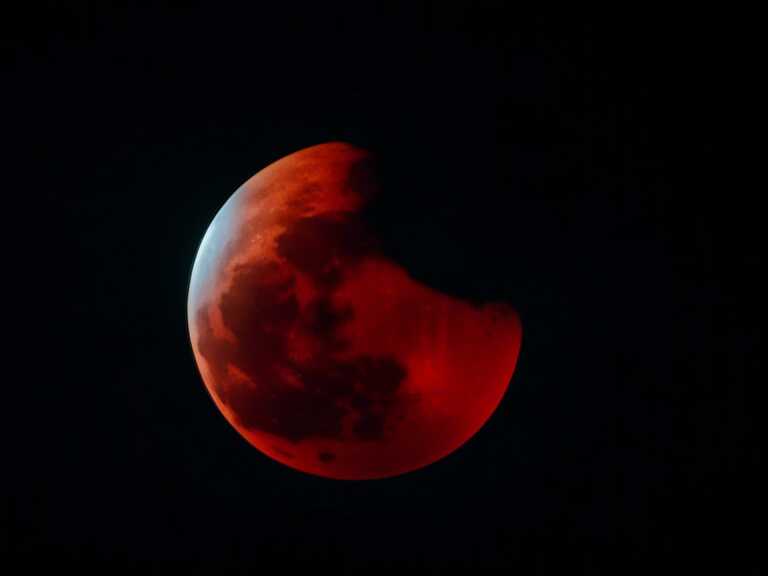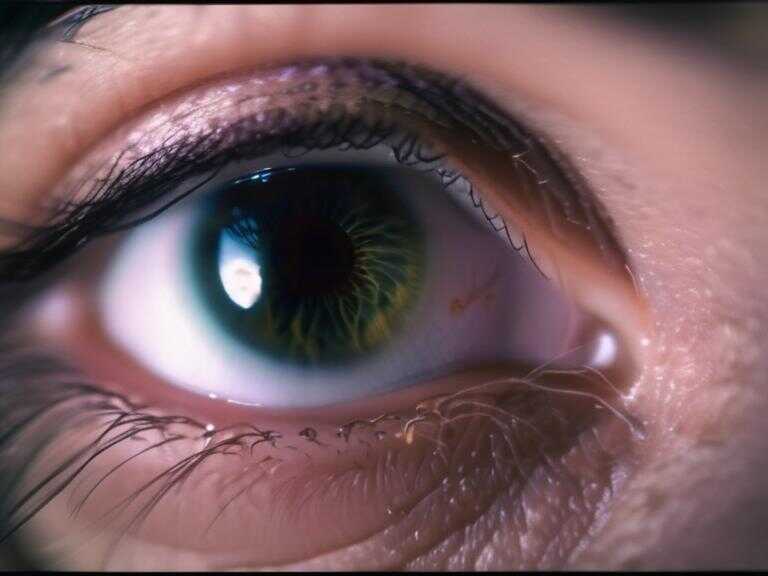
Catch the 'Blood Worm Moon': Total Lunar Eclipse Visible in March
A total lunar eclipse will turn the March full moon red on March 13-14, visible in the Western Hemisphere.

In March, a total lunar eclipse will paint the full moon red, to the delight of astronomy enthusiasts. Known as the "Worm Moon," it will pass into Earth's shadow on the night of March 13 or early March 14, depending on the time zone, according to NASA. This celestial event is set to be visible from the Western Hemisphere and will be particularly captivating for stargazers across the region.
Understanding lunar eclipses
A lunar eclipse occurs when the sun, Earth, and moon align, resulting in the moon entering the Earth's shadow. In the case of a total lunar eclipse, such as the one happening in March, the entire moon falls within the darkest part of Earth's shadow. This event can be observed from half of the Earth. There are also partial and penumbral eclipses, which occur when the sun, Earth, and moon are not perfectly aligned.
The red moon phenomenon
During a total lunar eclipse, the moon takes on a red-orange hue due to its position in Earth's shadow. This coloration is often referred to as a "blood moon." As explained by NASA, the moon's red appearance is caused by sunlight that bypasses Earth's blocking influence, filtering through the atmosphere and casting a reddish glow on the moon's surface. The presence of dust or clouds in Earth's atmosphere during the eclipse can intensify the red coloration. According to NASA, this phenomenon is akin to projecting the world's sunrises and sunsets onto the moon, with the same principles that make the daytime sky appear blue.
The Worm Moon
The full moon in March is commonly referred to as the Worm Moon, a name possibly derived from the appearance of earthworms in early spring, as suggested by the Old Farmer's Almanac. Other research links the name to 18th-century writings about insects emerging from the bark of thawing trees. The Worm Moon also bears other names that reflect the transition from winter to spring, including the Eagle Moon, Goose Moon, Crow Comes Back Moon, Sugar Moon, Wind Strong Moon, and Sore Eyes Moon. The first day of spring will fall on March 20, shortly after the Worm Moon.
Celestial encounters and rare phenomenon
As stargazers witness the total lunar eclipse and the Worm Moon, they may also have the opportunity to observe other celestial features. If the weather permits, viewers might witness the enchanting sight of a moonbow, a phenomenon resembling a rainbow but created by moonlight, rather than sunlight. Moonbows are rare and occur when the full moon is positioned relatively low in the sky, making it most prominent in the hours after sunset when the sky is dark.
Spotting other celestial objects
In addition to the moonbow, astronomy enthusiasts should keep an eye out for the appearance of Jupiter and Mars in the western sky on the night of the total lunar eclipse. As the Earth's shadow dims the moon's brightness, constellations are also likely to be more visible, providing stargazers with an enhanced opportunity to observe these celestial formations.
Astronomy in the hands of the digital age
As digital content creators, journalists, and astronomy enthusiasts share their thoughts and coverage of this celestial event, the public's engagement with space exploration and cosmic phenomena continues to broaden. For instance, Aliza Chasan, a digital content producer for "60 Minutes" and CBSNews.com, along with various other media outlets, contributes to the widespread dissemination of knowledge and fascination surrounding such astronomical occurrences.
The total lunar eclipse in March, coinciding with the Worm Moon, presents a compelling spectacle for stargazers, offering the opportunity to witness the enchanting transformation of the moon into a red-orange hue. As individuals across the globe prepare for this celestial event, the appreciation for lunar eclipses and their impact on our understanding of the cosmos continues to thrive.
Share news















